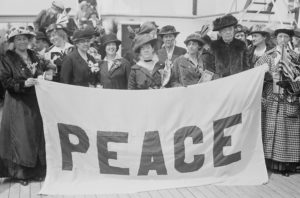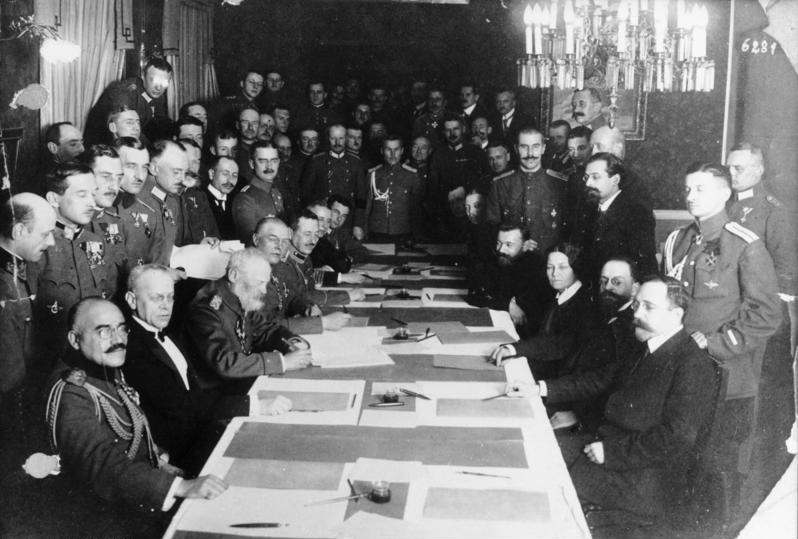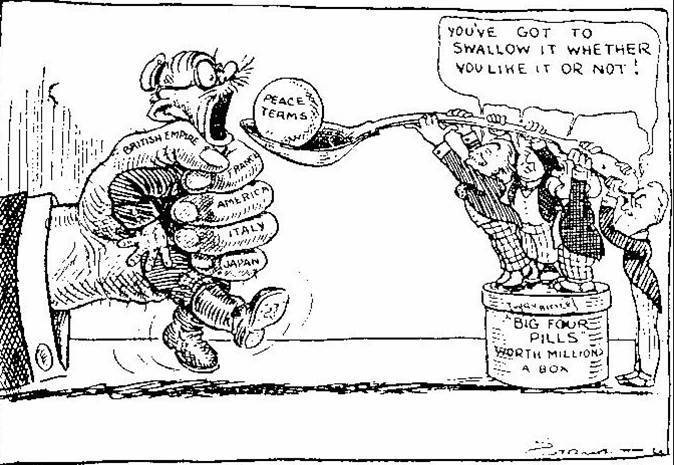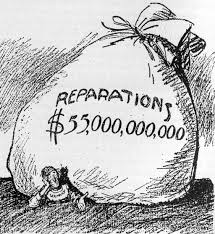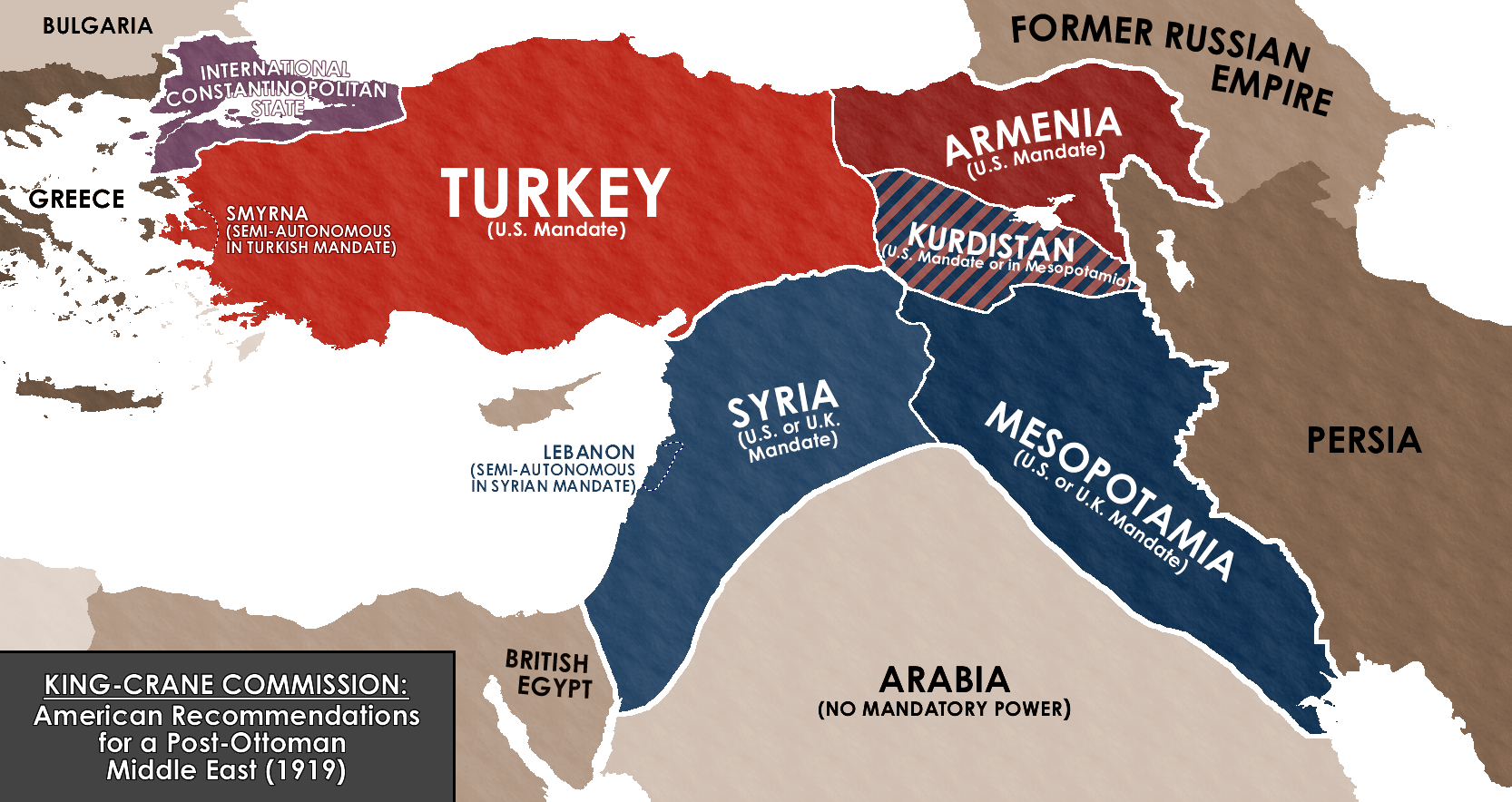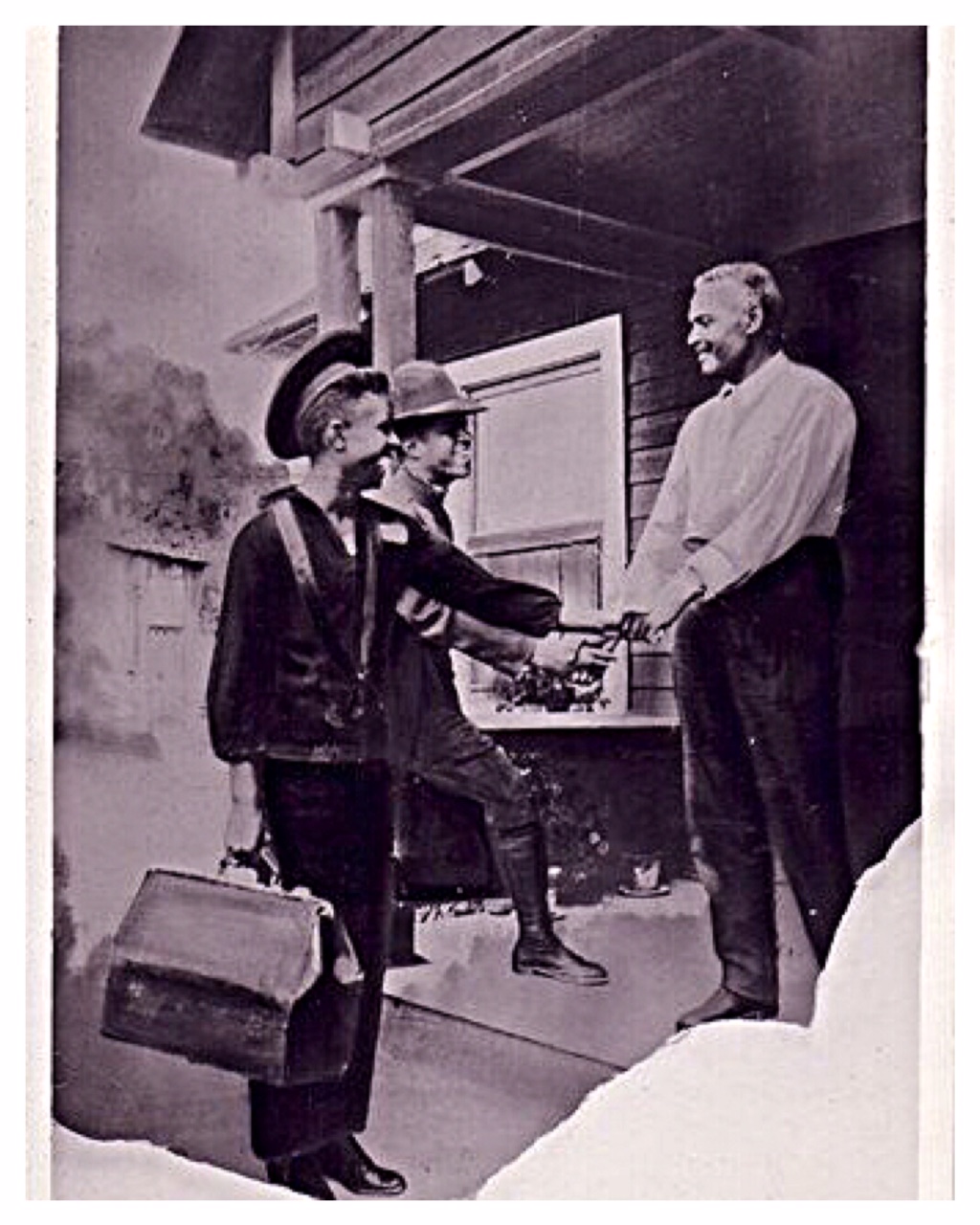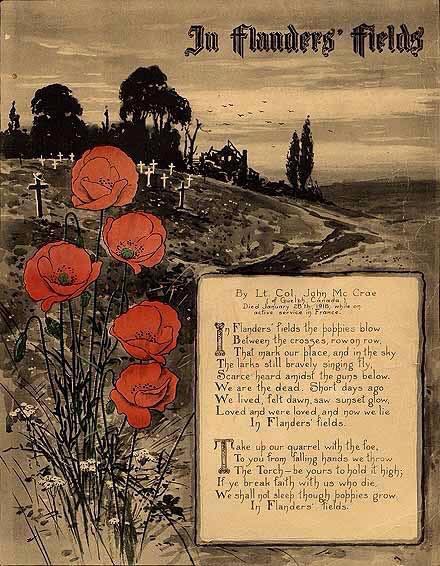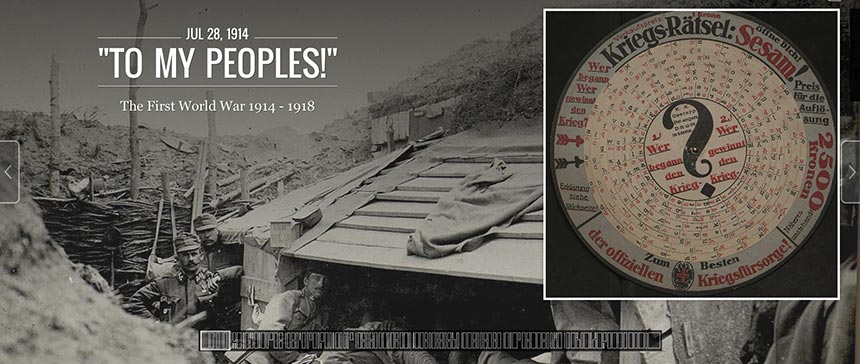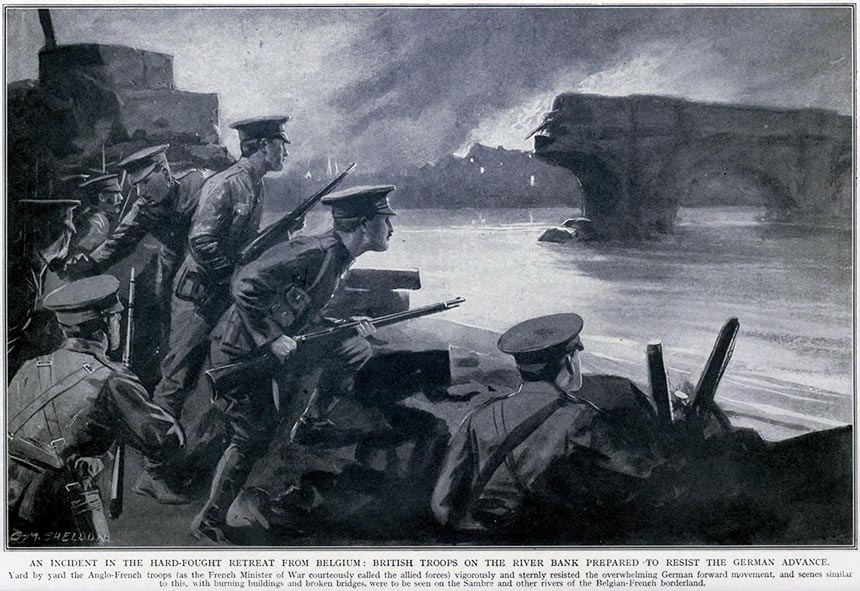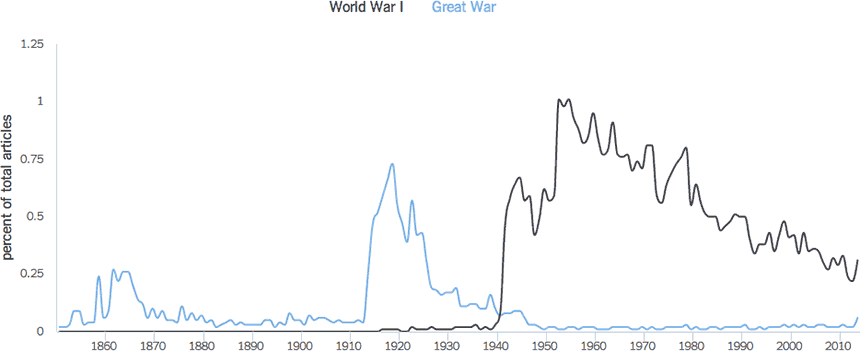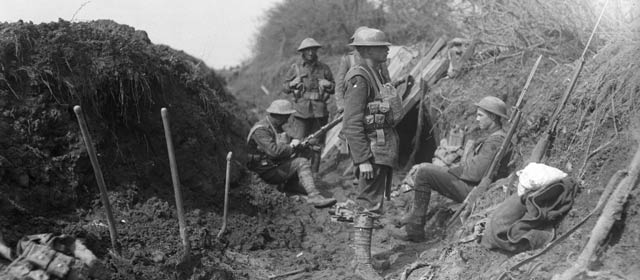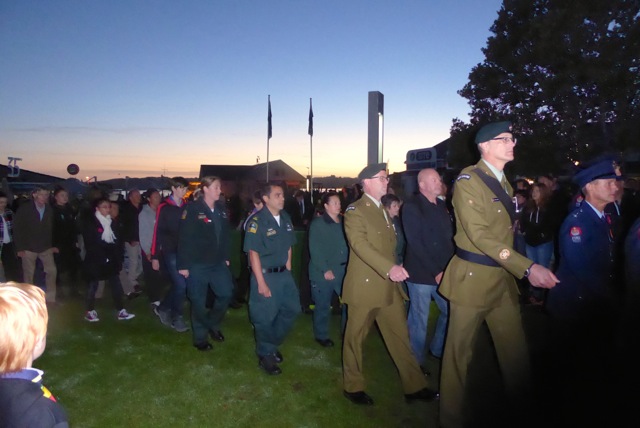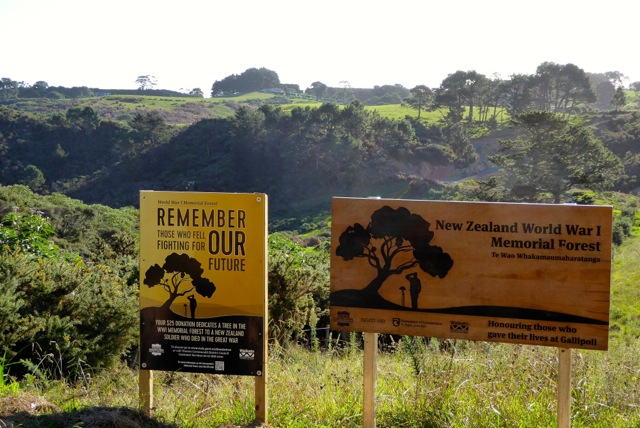A Blog of the Great War Comes to a Close
Many Thanks to Loyal Readers and Listeners Alike
(July 1919) This is an appropriate moment to bring our blog on World War One to a close.
We have been tracing the Great War and its aftermath week-by-week, since it broke out in July 1914.
Our goal has been to revive memory of World War One, to understand just how significant it was to the history of the 20th century.
Five years, five terrible years of devastating warfare. Millions of soldiers and civilians killed, millions more wounded or missing.
It is often said that this was the war to end all wars.
As it turned out, that was not true.
It is far more accurate to call it, as historian Margaret Macmillan does, the war that ended peace.
There was no peace in Europe, or in the wider world for that matter. Soon an even more destructive war came to Europe and to Asia. And just as the first World War eventually dragged the United States into the war in Europe, so did it drag the United States into another war a mere twenty years later.
But that’s another story – or perhaps more accurately, another chapter in the terrible bloodletting of the Twentieth Century.
Thousands of readers and listeners have followed my blog regularly, and to them I send out heartfelt thanks. It has been a fascinating journey, for myself and for those who followed my blog these many years.
There may be occasions in the months ahead to revive the blog, or to write an occasional analysis of how history has had an impact on today’s events. Excerpts from the blog could certainly be turned into a book.
But for now I will sign off. And thank you again for your interest and support.

